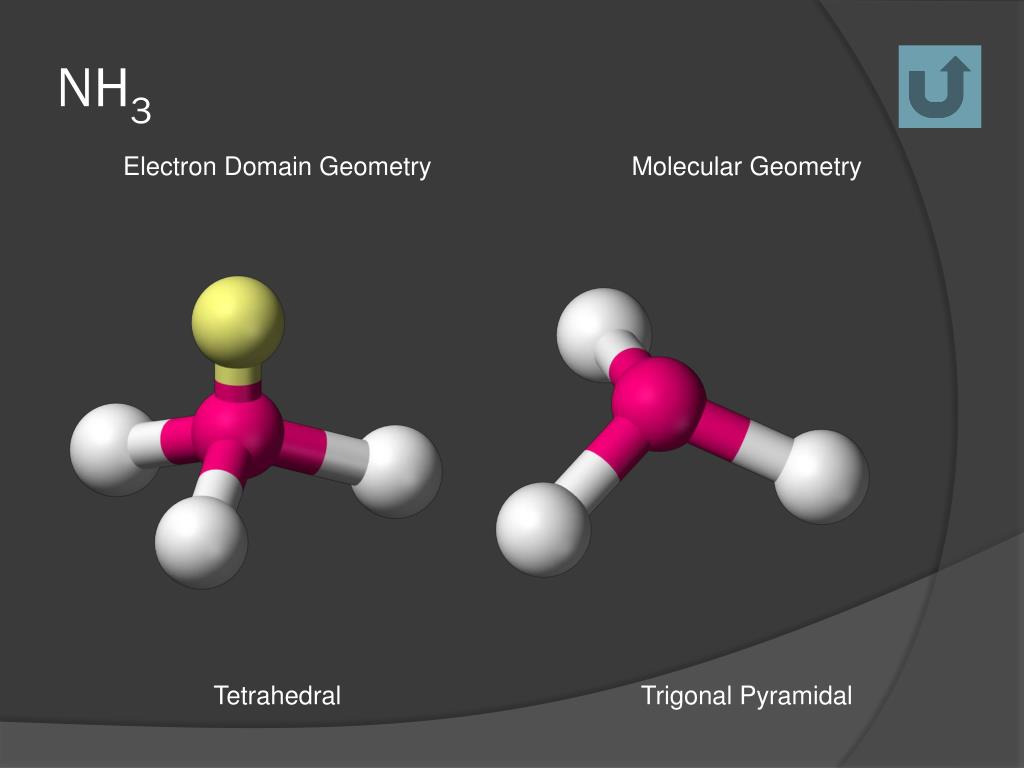

Now, let us move towards the valence bond theory (VBT) to know the hybridization of Beryllium in Beryllium Chloride.Īccording to valence bond theory (VBT), atomic orbitals of the central atom fuse together and form hybrid orbitals of equivalent energy. If the bond angle is either greater than or lower than 180°, then bond pair-bond pair repulsion will not be minimum. The linear geometry of Beryllium Chloride leads to the bond angle (Cl-Be-Cl) of 180° to minimize bond pair-bond pair repulsions. Hence, Beryllium Chloride will have a linear shape or we can say its molecular geometry is Linear.

As the Beryllium atom forms two bond pairs with two chlorine atoms, its general formula will be AX2. Its shape can easily be predicted by the following table. It also includes only valence shell electron, which may be bonded or non-bonded.Īccording to the lewis structure of Beryllium chloride, Beryllium is a central atom and it has only two bond pairs. VSEPR theory determines the molecular shape of the molecule on the basis of Bond pair – Bond pair, Bond pair – Lone pair, and Lone pair- Lone pair repulsions. For that, we have to study the Valence shell electron pair repulsion (VSEPR) theory to predict the shape of beryllium chloride. We cannot say anything based on the lewis structure. Now, what would be the molecular shape of BeCl2? The octet of beryllium is incomplete and hence, Beryllium chloride is electron-deficient and acts as Lewis acid. Therefore, there is a single bond between Beryllium and Chlorine atom. Each chlorine atom completes its octet by sharing its one electron with the beryllium atom. Hence, the Lewis structure of beryllium chloride can be drawn as:īoth representations are correct and hence, they can be represented by either of two. It can also be represented in the bond form as two shared electrons will form a single bond. Therefore, the possible Lewis structure of beryllium chloride would be: Beryllium will act as the central atom and chlorine atoms will surround it. The chlorine atom would like to have eight electrons around it to complete its octet. The beryllium will be surrounded by the two electrons, as mentioned earlier. Now, we have 16 valence electrons and we need to arrange these electrons in the Lewis structure of BeCl2. For example, Hydrogen, Helium, Lithium, and Beryllium cannot complete their octet, and hence, they prefer to have duplets (two electrons).

However, there are some exceptions as well. It is the two-dimensional structure in which every atom in the molecule tends to complete its octet either by sharing or gaining or losing electrons. Lewis structure is also known as electron dot structure or Lewis dot structure because the valence electrons are represented as dots in the Lewis structure of the molecule. As there are two chlorine atoms in beryllium chloride, the total number of valence electrons would be 2 + (7 X 2) =16 electrons. The number of electrons on the valence shell of Be and Cl is 2 and 7 electrons, respectively. The electronic configuration of beryllium is 2s2and chlorine is 3s23p5. These electrons will be both bonding as well as non-bonding electrons. The electrons present in the outermost shell of an atom are shown in the Lewis structure of any molecule.


 0 kommentar(er)
0 kommentar(er)
